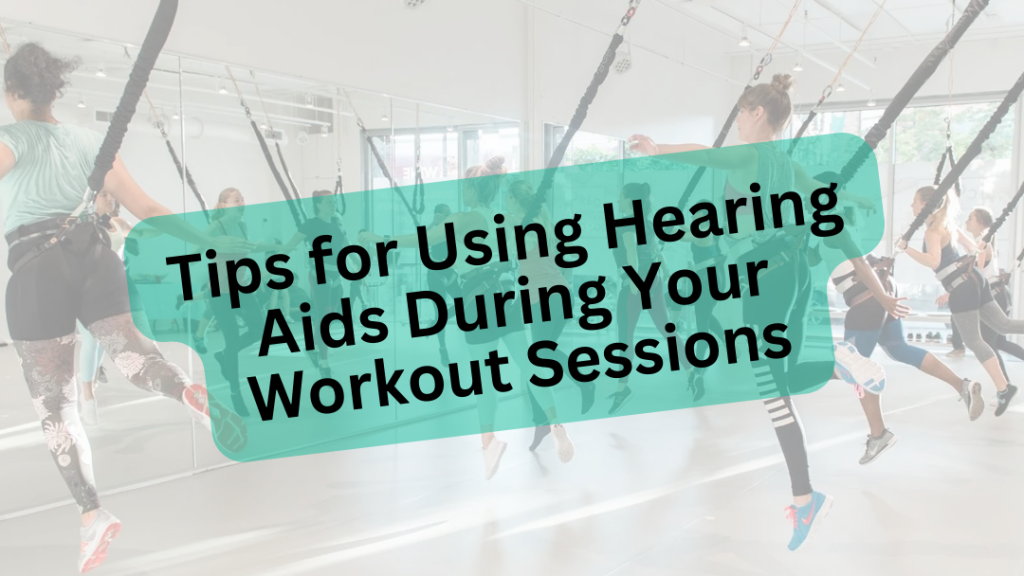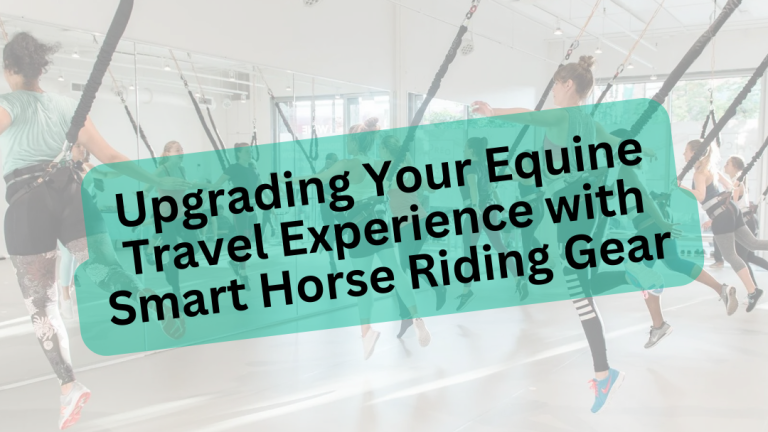Tips for Using Hearing Aids During Your Workout Sessions
Living with hearing loss doesn’t mean you have to scale back your activities, hobbies, or fitness goals. Thanks to modern technology, using hearing aids is easier and more comfortable than ever before. Whether you’re at work, spending time with family, or exercising at the gym, the right approach to using your devices can make a noticeable difference in your daily life.

This guide highlights essential tips, maintenance habits, and lifestyle adjustments to help you get the most from your hearing aids. With a few simple practices, you can extend their lifespan, improve their performance, and enjoy more confidence in every situation.
Why Using Hearing Aids Enhances Quality of Life
For many people, using hearing aids isn’t only about amplifying sound—it’s about restoring connections. Everyday moments, from conversations with friends to the sound of birds outdoors, become easier to experience and enjoy. Research shows that regular use of hearing aids supports brain function, reduces feelings of isolation, and improves overall emotional well-being.
Today’s devices are also highly adaptable. They can adjust to noisy environments, perform reliably during outdoor activities, and even withstand light moisture exposure. This flexibility allows you to stay engaged in your lifestyle without worrying about missing important sounds.
It’s Crucial to Always Have Your Hearing Aids With You
One common mistake is leaving hearing aids at home, especially when heading to the gym, work, or social events. Consistent use is important because your brain adjusts best when it receives regular auditory input. Skipping them can make it harder to follow conversations or adapt to different environments.
Why carrying your aids matters:
- Clearer communication – Essential for meetings, classes, and casual conversations.
- Safety awareness – In gyms or active settings, hearing instructions or signals helps prevent accidents.
- Social connection – Small interactions during workouts or group activities are easier with your devices.
Carrying a compact case can make it simple to keep your hearing aids with you. Many modern cases also work as portable chargers, offering extra convenience for long days.
Opt for Sweat-Resistant Hearing Solutions
Exercise brings many benefits, but sweat can present challenges for hearing aids. Traditional models may not handle moisture well, which can affect performance or durability. Fortunately, sweat-resistant and water-resistant options are now available, designed specifically with active lifestyles in mind.
Benefits of sweat resistance include:
- Protecting sensitive components and extending device life
- Maintaining comfort during physical activity
- Preserving consistent sound quality throughout workouts
Options to consider:
- Nano-coated hearing aids that repel moisture
- Sports ear molds designed to stay secure during high movement
- Protective covers or sleeves for extra durability during exercise
If you’re considering an upgrade, ask your audiologist about sweat-resistant models. They offer peace of mind and allow you to stay active without compromising your hearing health.
Don’t Forget to Clean Your Hearing Aids After Workouts
Just as you wipe down gym equipment after use, it’s important to clean your hearing aids once you’ve finished exercising. Sweat, dust, and earwax can accumulate and affect both comfort and performance. A few minutes of care will keep them in good condition.
Post-workout cleaning tips:
- Wipe with a soft, dry cloth to remove surface moisture
- Use a dehumidifier or drying box overnight to clear trapped moisture
- Gently brush away wax with a tool made for hearing aids
- Avoid harsh chemicals that could damage delicate parts
This routine not only keeps your devices working properly but also reduces the risk of skin irritation or infection.
Extra Tips for Using Hearing Aids During Exercise
Alongside cleaning and sweat protection, these additional strategies can make workouts easier:
- Adjust your settings beforehand – Many aids offer gym or music modes to reduce background noise.
- Keep them secure – Clips, straps, or headbands prevent devices from slipping.
- Be mindful of volume – Rely on noise reduction features instead of turning the volume up too high.
- Schedule routine check-ups – Regular visits with your audiologist help ensure your devices remain in peak condition.
These steps help you enjoy fitness activities without added stress or distractions.
Making Hearing Aids Part of Your Everyday Routine
To get the most benefit from using hearing aids, treat them as part of your daily routine. The more naturally they fit into your life, the more comfortable and effective they’ll be.
Consider these habits:
- Put your aids on in the morning and remove them before bed
- Charge them overnight or replace batteries regularly
- Pack extra batteries or cleaning tools when traveling
- Give your ears short breaks during quiet moments if needed
When hearing aids become second nature—like wearing glasses or carrying your phone—they deliver the best results.
Common Mistakes to Avoid
While hearing aids are designed to be durable and user-friendly, certain habits can reduce their effectiveness. Avoid these common pitfalls:
- Neglecting regular cleaning
- Storing devices in hot, humid, or dusty places
- Skipping check-ups with your audiologist
- Wearing them inconsistently, which makes adjustment harder for your brain
By steering clear of these mistakes, you can ensure steady performance and long-term reliability.
Looking Ahead: The Future of Hearing Aids
Hearing aid technology continues to advance rapidly. In the near future, you can expect features such as AI-driven sound adjustments, stronger water resistance, and integration with fitness trackers. These improvements will make devices more versatile—not just for hearing, but also for monitoring overall wellness.
Imagine a hearing aid that tracks your heart rate, links with your workout apps, and adapts its settings instantly to your environment. These innovations are on the horizon, and they promise to make hearing aids an even more valuable tool for active living.
Final Thoughts
Whether you’re new to using hearing aids or have relied on them for years, the way you care for and use them makes all the difference. Keep them with you, choose sweat-resistant options if you’re active, and clean them regularly after workouts. These small habits ensure your hearing aids remain dependable partners in your daily routine.
With consistency, proper care, and the latest technology, hearing aids can help you stay connected, safe, and engaged—both in fitness and in life.






